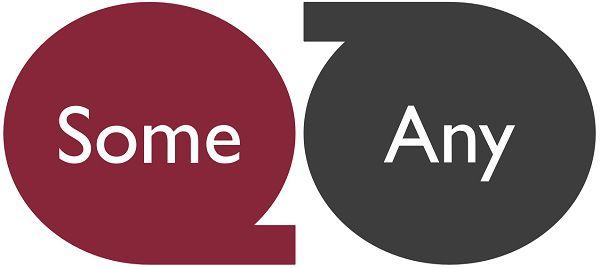
by Martin Burke | Aug 9, 2024 | This is how we say it
Learners of English are taught that we use the preposition ‘to’ with the infinitive after certain verbs, for example… ‘I like to know’, ‘I need to talk’, ‘I want to go’, etc. This is certainly the case in formal English. However, there are five verbs where, in...

by Martin Burke | Mar 22, 2021 | This is how we say it
As a learner of English, have you noticed that native speakers sometimes pronounce the word ‘the’ like ‘thuh’ [/ˈðə/] but sometimes like ‘thee’ [/ˈðiː/]? Well, you may be surprised to know that for most native anglophones, although they know that they pronounce it...

by Martin Burke | Mar 14, 2021 | Everyday grammar
Positioning the adverb ‘still’ in a sentence can be difficult for learners of English because it doesn’t follow the usual rules for other adverbs. Note, in particular, how with the exception of the Present and Past Simple tenses, and the Present Progressive tense, it...

by Martin Burke | Feb 7, 2021 | Everyday grammar
I recently tested positive for Covid-19 but, don’t worry, I had no symptoms whatsoever, and have now come to the end of my period of self-isolation. When I mentioned this news to one of my students, she sent me a message saying, ‘I wish everything will be okay for you...

by Martin Burke | Jan 30, 2021 | Everyday grammar
One of the most challenging parts of English grammar for non-native speakers is understanding when to use ‘some’ and when to use ‘any’. It would be easy to explain the difference as ‘some’ being used in positive sentences, and ‘any’ being used in negative sentences....







Recent Comments